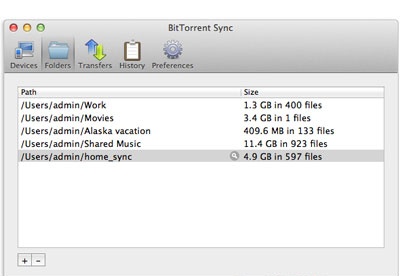


And that’s a lot of space-up to 20x more than my first flash drive held. Dropbox and SpiderOak give you 2GB for free, and Google provides 5GB. But there is a problem with it and similar services: limited storage. The only thing those flash drives are good for these days? Running portable apps.ĭropbox is dead simple, relatively fast, and super reliable. Google even got into the act last year with Drive, its platform for syncing your stuff. And when Dropbox had some privacy snafus in 2011, Mark introduced you to SpiderOak, a secure alternative to Dropbox. Why should I bother carrying my files around on a stick or emailing them to myself when all of my files could be synced automatically between multiple computers as well as the cloud? We’ve covered Dropbox extensively for how it can be used in your research, teaching, and more. Of course, that flash drive became immediately obsolete once I discovered Dropbox in 2008. The ability to carry 256 MB around on something the size of a pack of gum was clear evidence that, as William Gibson puts it, “the future is already here-it’s just not very evenly distributed.” I could fit all of my graduate work and a lot more besides on that single flash drive which cost only $60.
#Make bittorrent sync faster how to
(Ever wanted to know how to run a group-authored blog?) Perhaps symbolic of this need for collaboration, the speakers were each presented with a flash drive, along with some other branded swag. A few weeks ago, I spoke at Case Western at a two-day symposium about “ Exploring Collaboration in Digital Scholarship.” The talks were engaging and the subject-collaboration-is something that’s dear to our hearts here at ProfHacker.


 0 kommentar(er)
0 kommentar(er)
